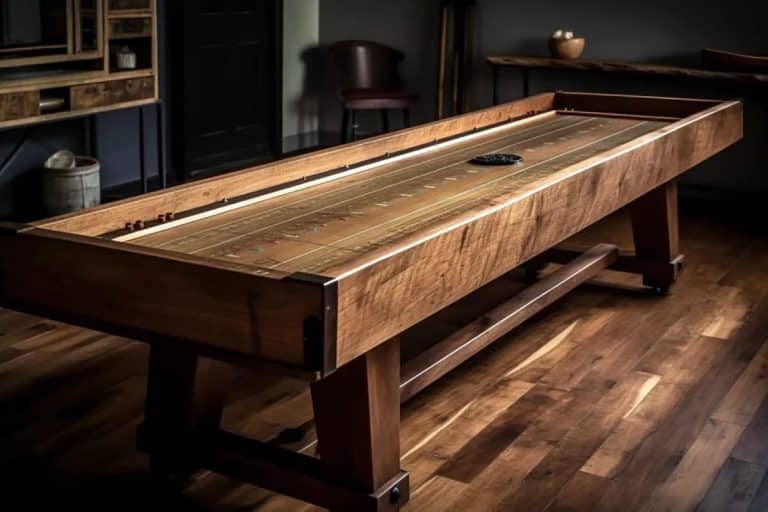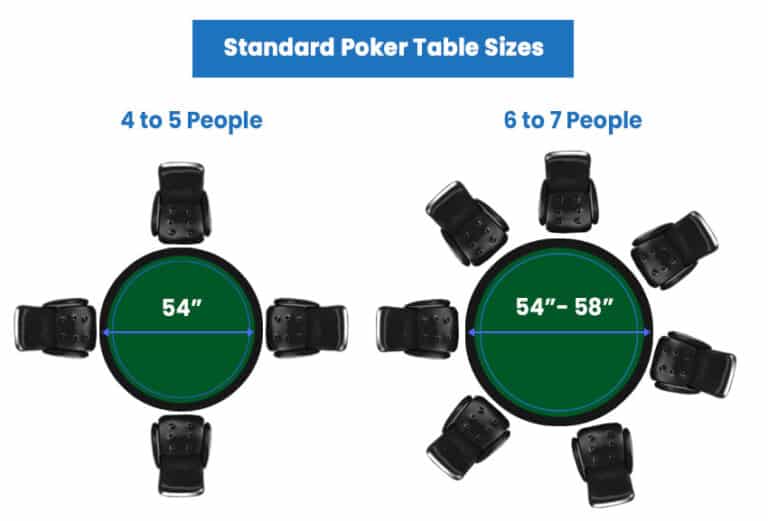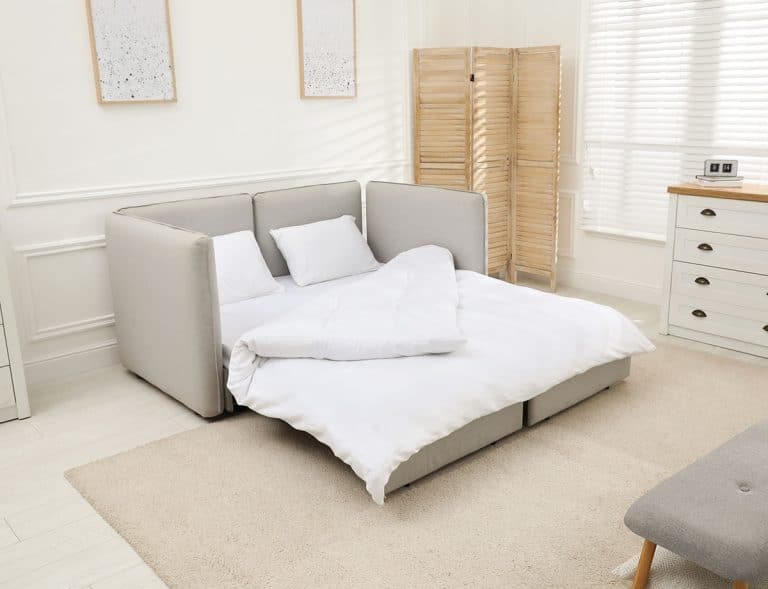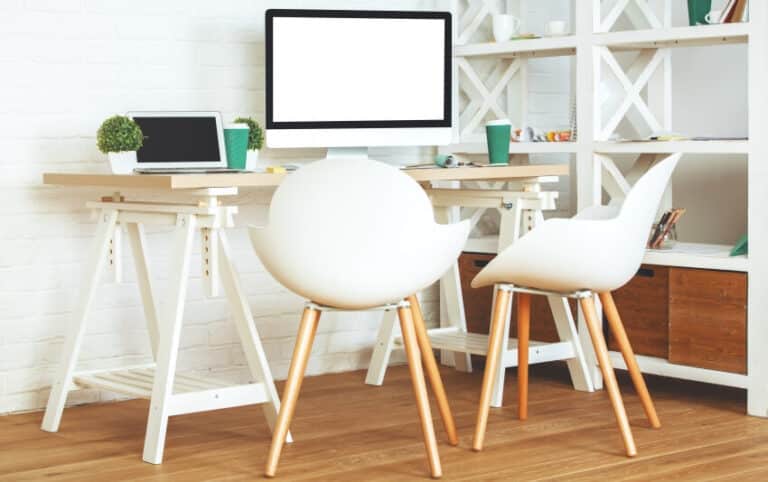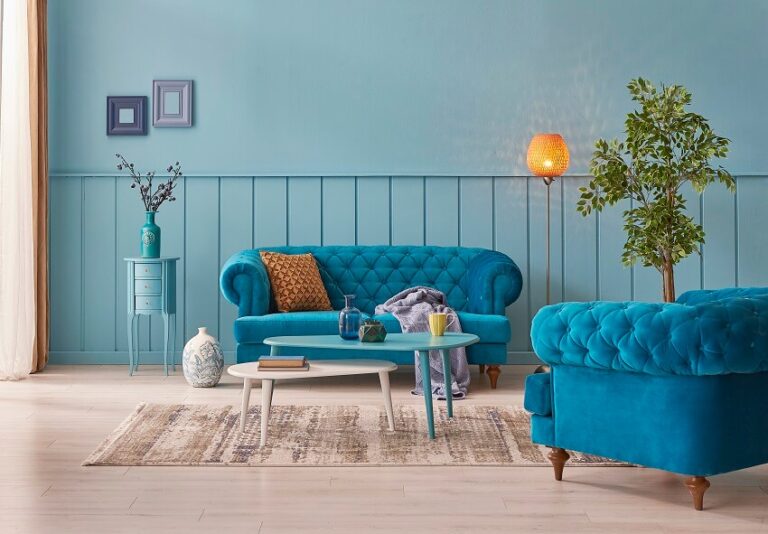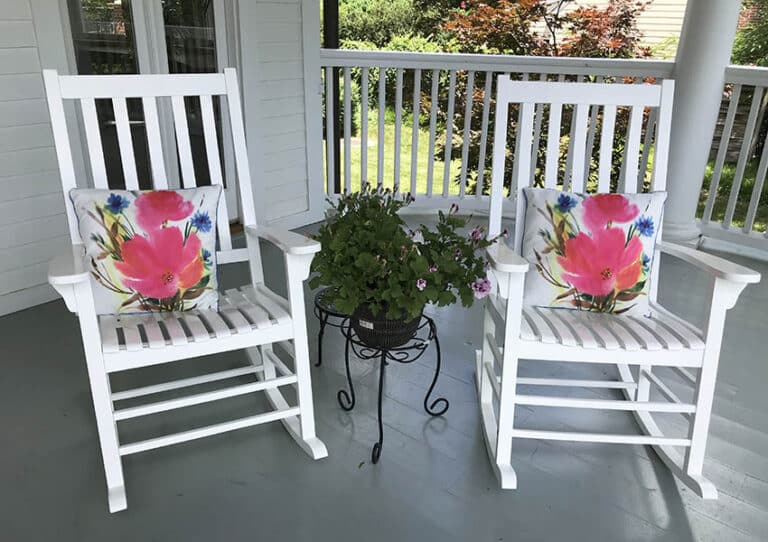Why Koa Wood Furniture Is Worth the Investment
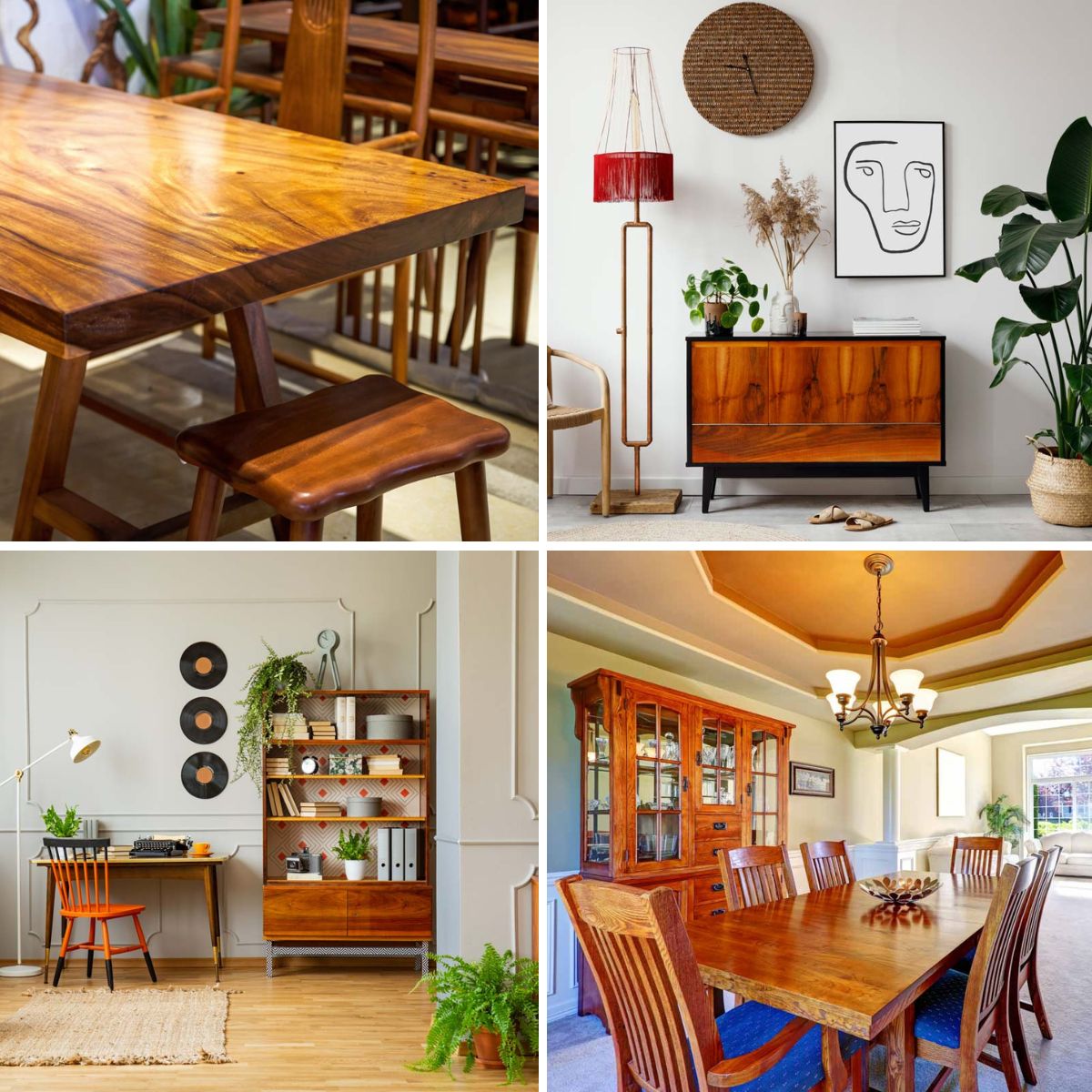
Hawaiian-native koa wood is a rare and highly sought-after hardwood that is prized for its unusual grain patterns and cozy, reddish-brown color, has been utilized to make stunning and useful furniture for millennia. Koa wood furniture is still a favorite among collectors and enthusiasts today thanks to its attractive appearance and toughness.
Whether you’re a seasoned collector or simply appreciate the beauty of exceptional artistry, Koa wood furniture is a stunning addition to any home or business. We’ll examine the benefits of this fine wood and how to care for its furniture in this article.
What is Koa Wood
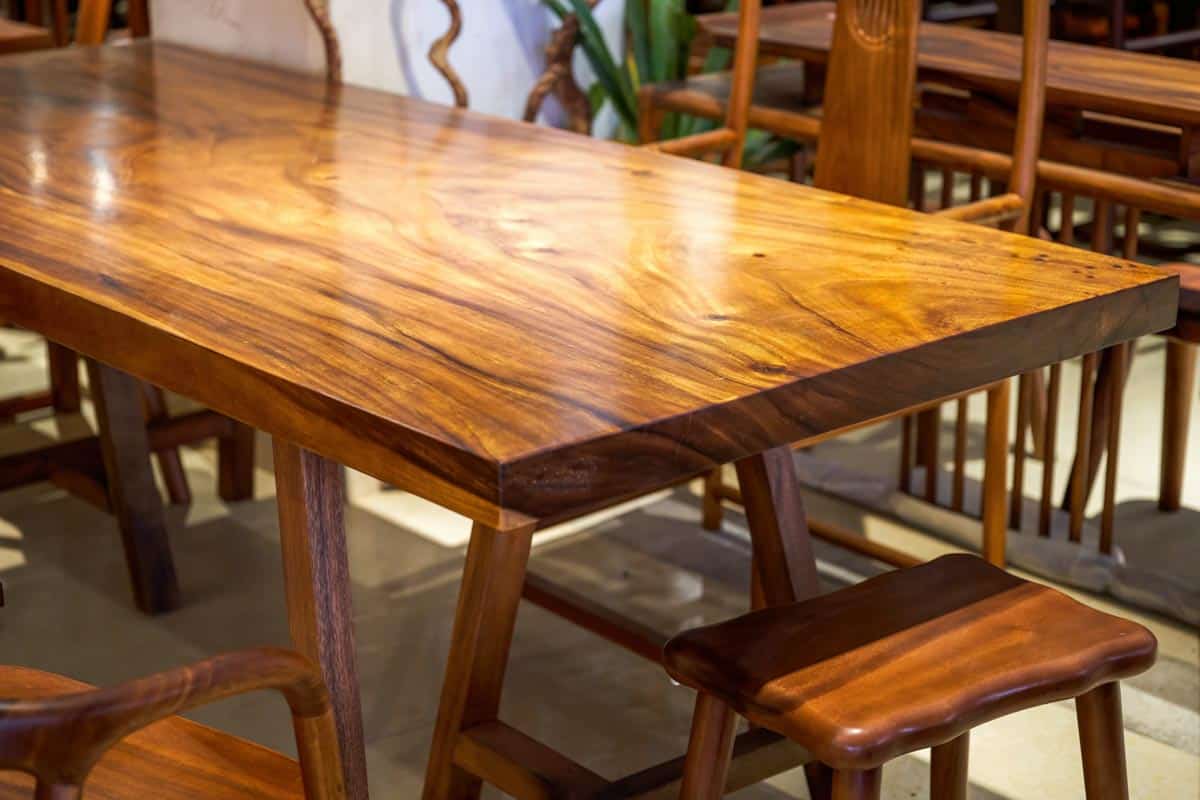
Acacia Koa is the scientific name for the tree. It is an incredibly rare tree that can only be found in Hawaii. It can live for between 80 and 150 years in the natural world. It can grow to heights of up to 100 feet and has diameters of up to 5 and 6 feet.
Koa is Hawai’i’s premier timber tree. From area to area and tree to tree, it varies mechanically in density, specific gravity, drying and machining qualities, and many other characteristics. – Traditional Trees of Pacific Islands, Their Culture, Environment, and Use, 2006
Koa is not just any tree but a unique, scarce, sought-after tree. It creates breathtakingly lovely wood. In Hawaii, elevations between 2000 and 6000 feet above sea level are ideal for the growth of these trees.
What Are The Characteristics of Koa?
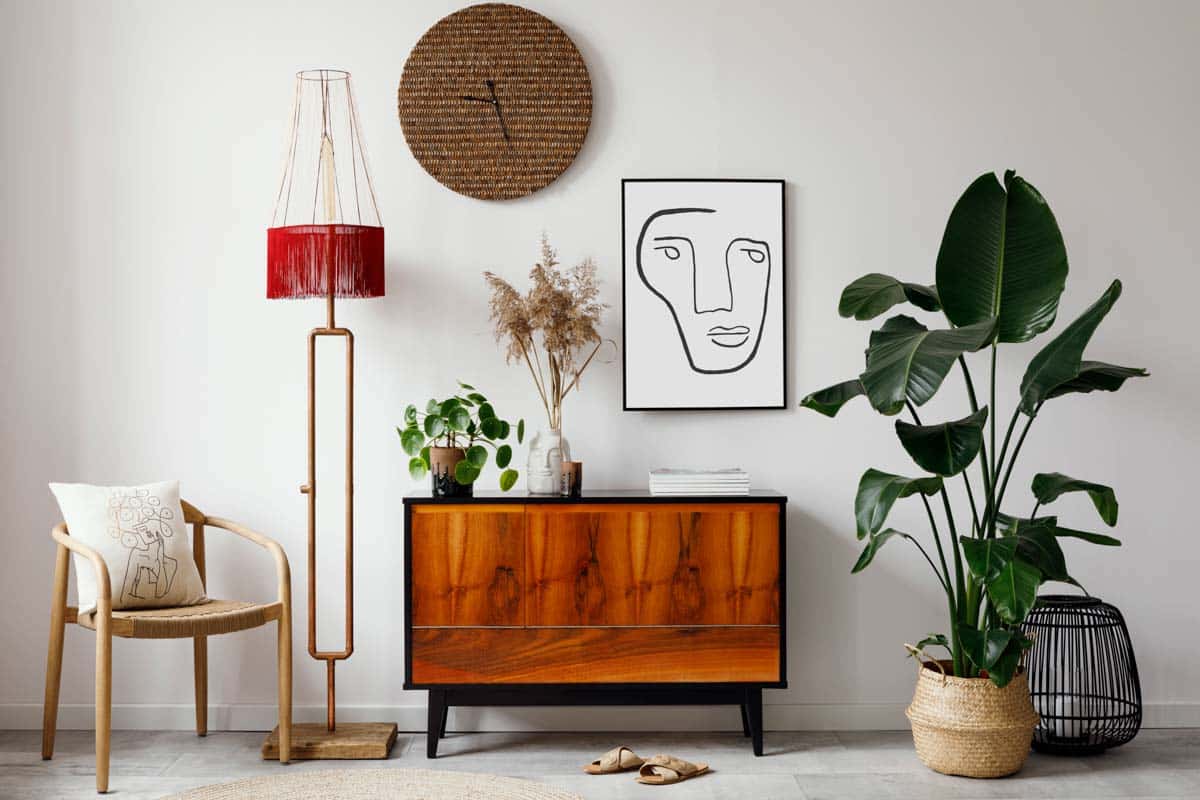
Two characteristics of koa wood are deep, rich colors and varied grain patterns. As a hardwood, it offers excellent crush resistance and shock absorption. While sometimes likened to walnut, its interconnecting grain gives it an excellent form, and weighs roughly 25% more.
The hardwood has thin, pale surrounding sapwood, which woodworkers compare to shiny, swirling marble. The wood is mainly reddish-brown to dark brown, although it may also include vibrant mixtures of black and gold.
Along with having pleasing wood grain patterns, Koa’s interlocking grain is valued by woodworkers because it creates more bending strength than Walnut. It also works well with hand and power tools, making it the perfect material for artisans.
Fine furniture, art, turnings, and musical instruments are all possible from its wood. It creates excellent gunstocks because of its shock resistance. Its decay resilience makes it a good choice for boat trim. It may be a veneer for architectural paneling, particularly with fiddle back figures.
The most beautiful hardwood in the world is likely koa. No other wood has the kind of chatoyancy that it has. “Variable in color when viewed under various lighting or from different angles” is what chatoyant implies. Some stones are known to have chatoyancy, which shimmers and gives the impression that the gem has depth. Its look is nearly holographic. As a result, the wood seems three-dimensional.
Because of its stunning look, it’s often considered superior to all other woods. Curly Koa offers incomparable value, with intensely figured wood costing as much as $150/bf. It is said to be worth its weight in gold by some.
The fact that koa is unique to Hawaii and cannot be found anywhere else in the world and that it is often only obtained from dead or dying trees contributes to its premium price.
Koa Durability
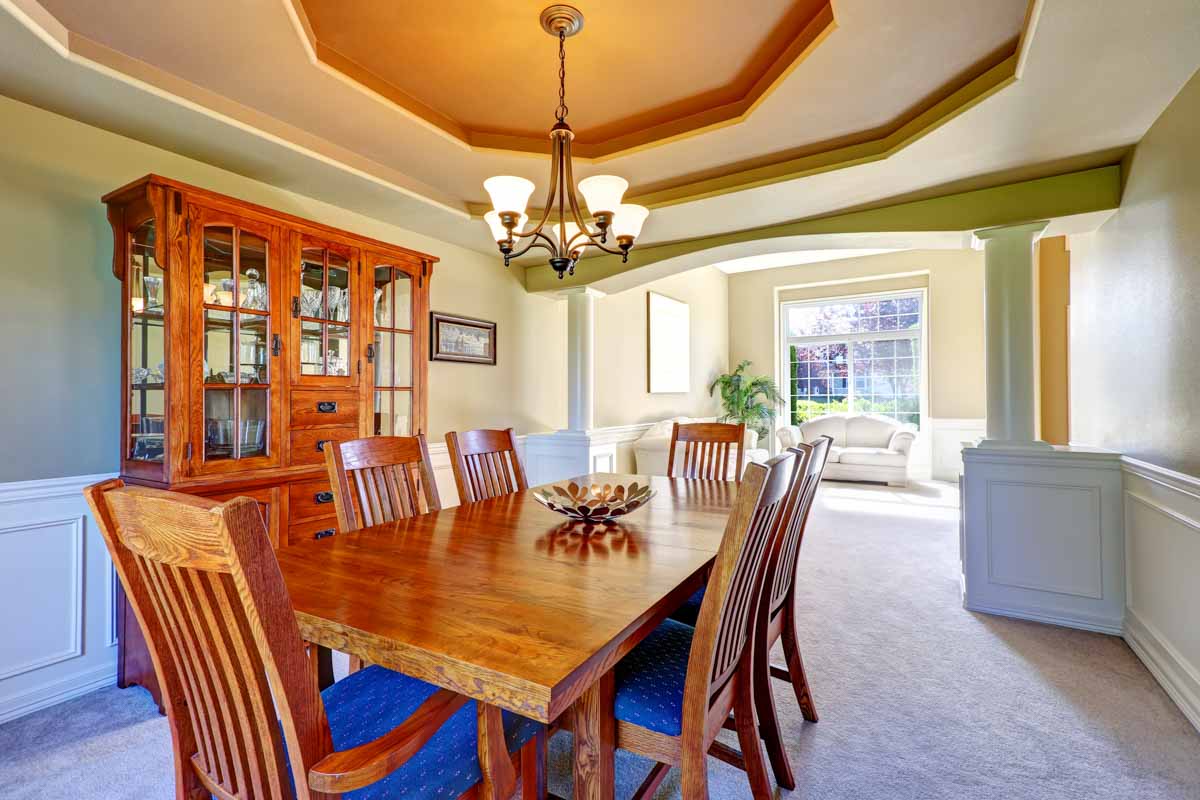
Like any wood, its hardness varies according to its growth environment, age, and kind (heartwood vs. sapwood). It is often more rigid than maple and teak wood and as stiff as black walnut. With appropriate maintenance, its furniture and musical instruments may endure twenty years or more.
Koa wood is a highly durable and long-lasting hardwood and is usually harder than most North American hardwoods, such as walnut and cherry. Its density and hardness give it excellent resistance to wear and tear, and is highly resistant to scratches and dents.
It is also highly resistant to rot and decay, making it an excellent choice for outdoor furniture or other moisture-related applications. It has natural oils that make it resistant to insect infestations and fungal growth.
With proper care and maintenance, its wood furniture can last for generations, becoming a family heirloom. It’s crucial to keep it away from direct sunshine, excessive heat, and cold since, like any natural material, it may be impacted by fluctuations in humidity and temperature. Regular cleaning and conditioning can help maintain its beauty and durability.
Koa Hardness
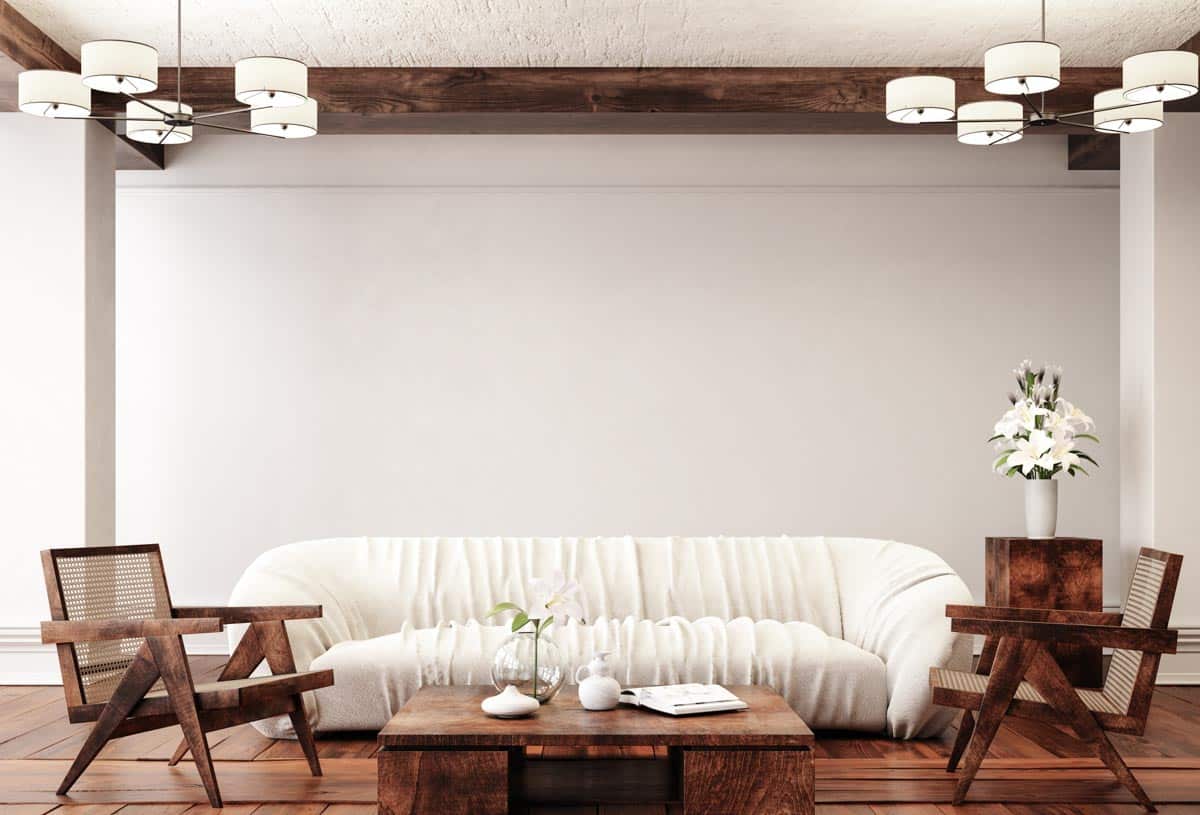
Regarding hardness, koa wood has a Janka hardness rating of around 1,170 lbf (pounds-force), considered a medium-density hardwood. This rating measures the force required to embed a steel ball halfway into a piece of wood.
For comparison, some other common hardwoods and their Janka hardness ratings include:
• Red Oak: 1,290 lbf
• Maple: 1,450 lbf
• Walnut: 1,010 lbf
• Cherry: 995 lbf
It’s important to remember that the Janka hardness grade is just one indicator of how hard a wood is and may not accurately represent other crucial characteristics like durability, density, or resistance to wear and strain.
Advantages of Koa Furniture
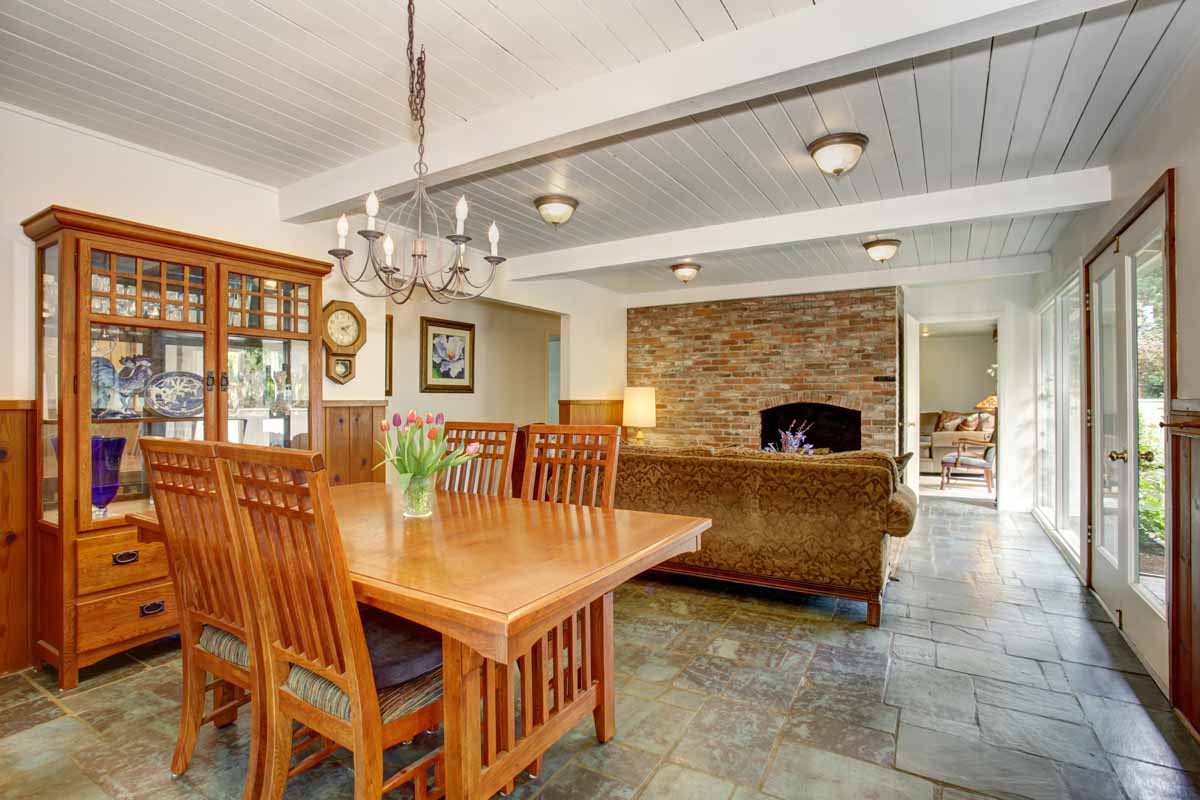
Koa wood is a preferred material for high-end furniture because of its lovely grain patterns and cozy, reddish-brown color. Furniture made of its solid wood is normally handcrafted by trained artisans who take great care in choosing and molding each piece of wood to produce one-of-a-kind and stunning items. Its furniture frequently comes in the form of beds, tables, chairs, dressers, and cupboards.
The furniture’s durability is one of its key benefits. It is a robust, solid wood that resists dents, scratches, and general wear and tear. The furniture is a great option for outdoor furniture and other moisture-related applications since it is very resistant to rot and decay.
Another advantage of this solid wood furniture is its beauty. The unique grain patterns and warm, rich color create a distinctive and luxurious look that is highly sought after by collectors and enthusiasts.
To keep the surface beautiful and durable, proper care is required. The wood’s natural beauty can be preserved and can be protected from harm with regular cleaning and conditioning. The furniture may last for many generations with proper maintenance.
Koa Bedroom Furniture
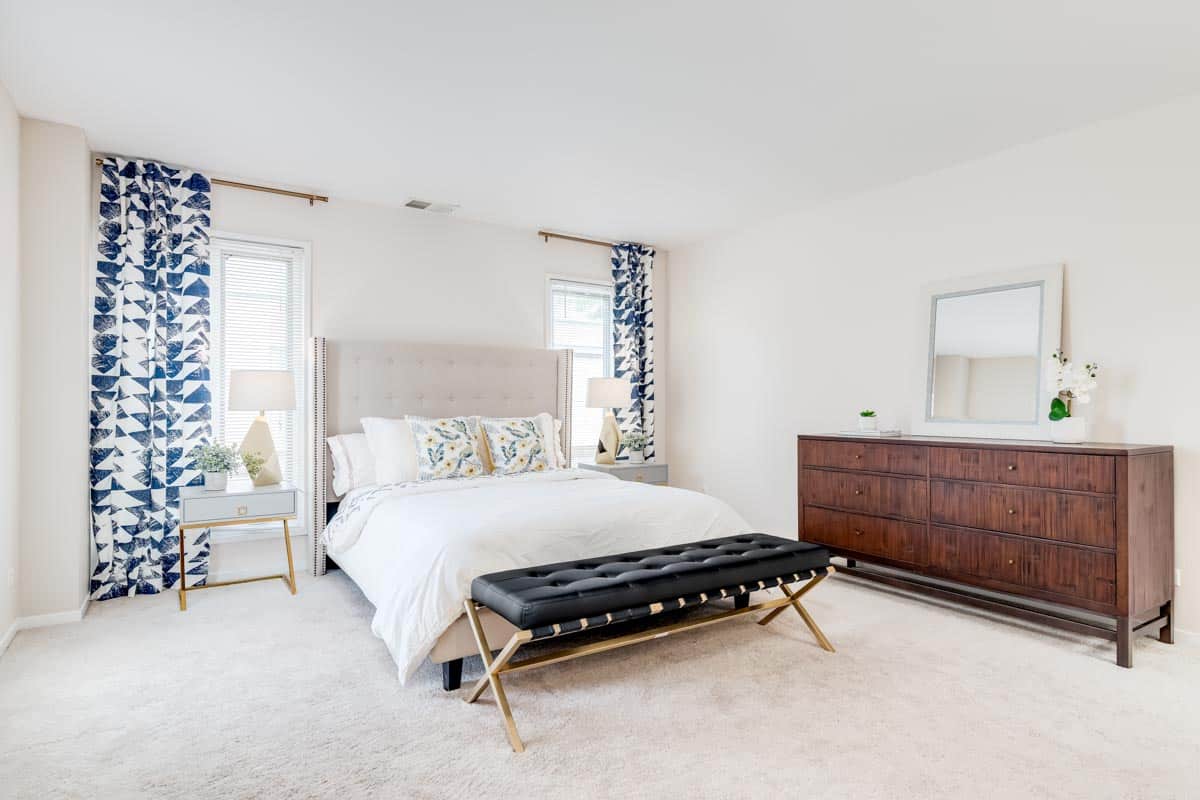
Because of its beauty and durability, koa wood is a preferred material for bedroom furnishing. Its warm, rich hue and its distinctive grain patterns give the bedroom an opulent and welcoming feel, making it a popular material for bed frames, dressers, nightstands, and other furniture.
Bed frames made of its lumber are a stylish option for bedrooms. The room’s focal point is made from the wood’s rich color and distinctive grain patterns, which also lend the space a sense of class and sophistication. These bed frames are extremely strong and resistant to damage, so with the right upkeep and care, they will last for many years.
Dressers and nightstands are also popular choices for bedroom furniture. These pieces can add storage and functionality to the room while providing a beautiful and unique design element. The wood’s durability and resistance to scratches and dents make it an excellent choice for these pieces, which can see heavy use over time.
When selecting Koa wood bedroom furniture, it’s important to choose pieces that match your style and complement the existing decor in your bedroom. It’s also essential to properly care for it by regularly cleaning and conditioning it to preserve its natural beauty and longevity. With proper care, this bedroom furniture can become a treasured family heirloom you will enjoy for generations.
Vintage Koa Furniture

Because to its distinctive beauty and historical significance, vintage Koa wood furniture is widely sought after by collectors and enthusiasts. Although Hawaii has long been known for its furniture-making prowess, vintage pieces showcase the design and craftsmanship of various periods in Hawaiian history.
Antique Koa furniture options include cabinets, dressers, cabinets, and dining tables. These items frequently have distinctive designs, dexterous carvings, inlaid detailing, and ornamental hardware.
The longevity is one of its benefits. It is a strong, complex hardwood that is particularly resistant to wear and strain, making it a good choice for furniture construction. With the right maintenance, vintage furniture which has already endured the test of time can be enjoyed for many years to come.
The price of the vintage furniture is another benefit. For high-quality vintage pieces, collectors and aficionados frequently are willing to spend more, especially for items that are uncommon or have historical value.
If you want to purchase vintage Koa furniture, it’s essential to research reputable dealers or sellers. You should also scrutinize the furniture for any signs of damage or wear and prepare to invest in proper care and maintenance to preserve its value and beauty over time. With proper care, its vintage furniture can be a valuable and cherished addition to any home or collection.
Is Koa Expensive?
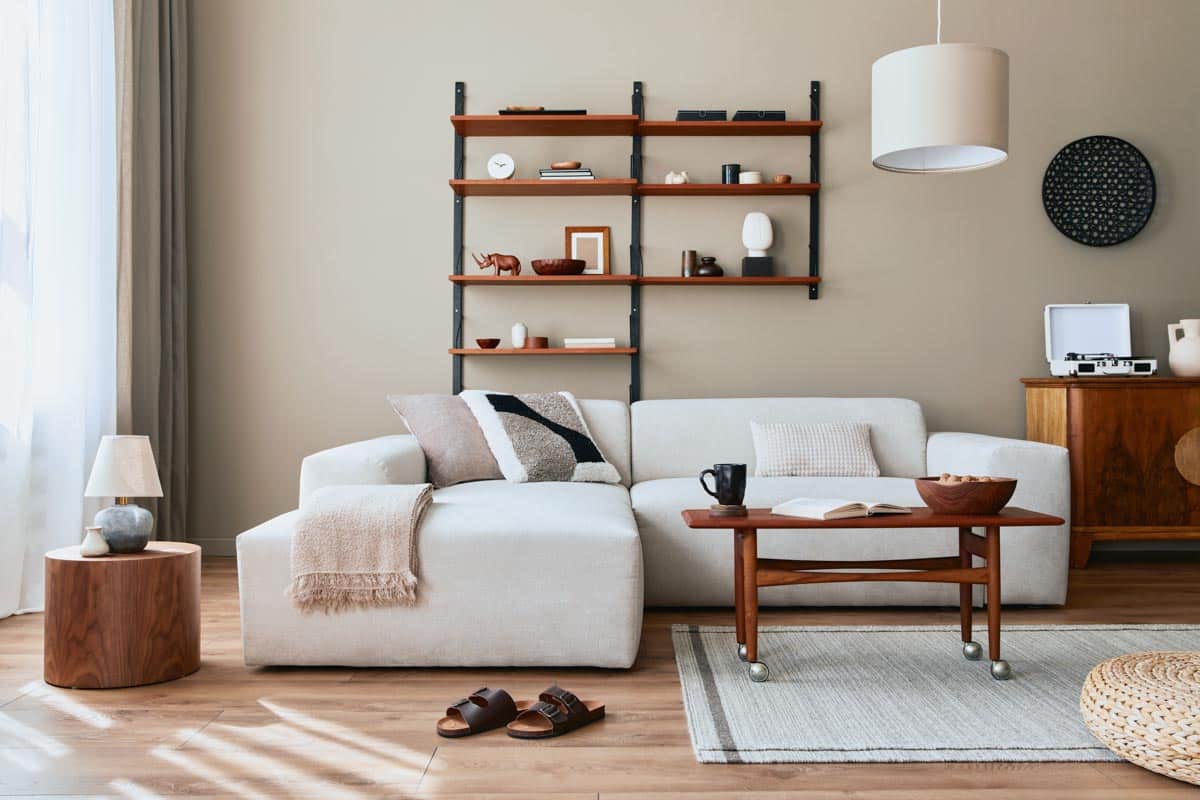
Koa wood is known to be one of the most valuable woods in the world, so it is typically quite expensive. Exclusively found in Hawaii, it is highly prized and valuable and is one of the most costly timbers in the world due to its scarcity and beauty.
Many variables, including the wood’s quality, its source, and the piece’s size, might affect the price. Generally, the more extensive and high-quality the wood, the more expensive it will be.
Koa wood may cost up to $200 per board foot for uncommon, huge slabs, starting at approximately $40. By contrast, the cost of board feet of dimensional walnut timber in Hawaii is roughly $13 (less on the mainland US).
How To Care For Koa Wood Surfaces
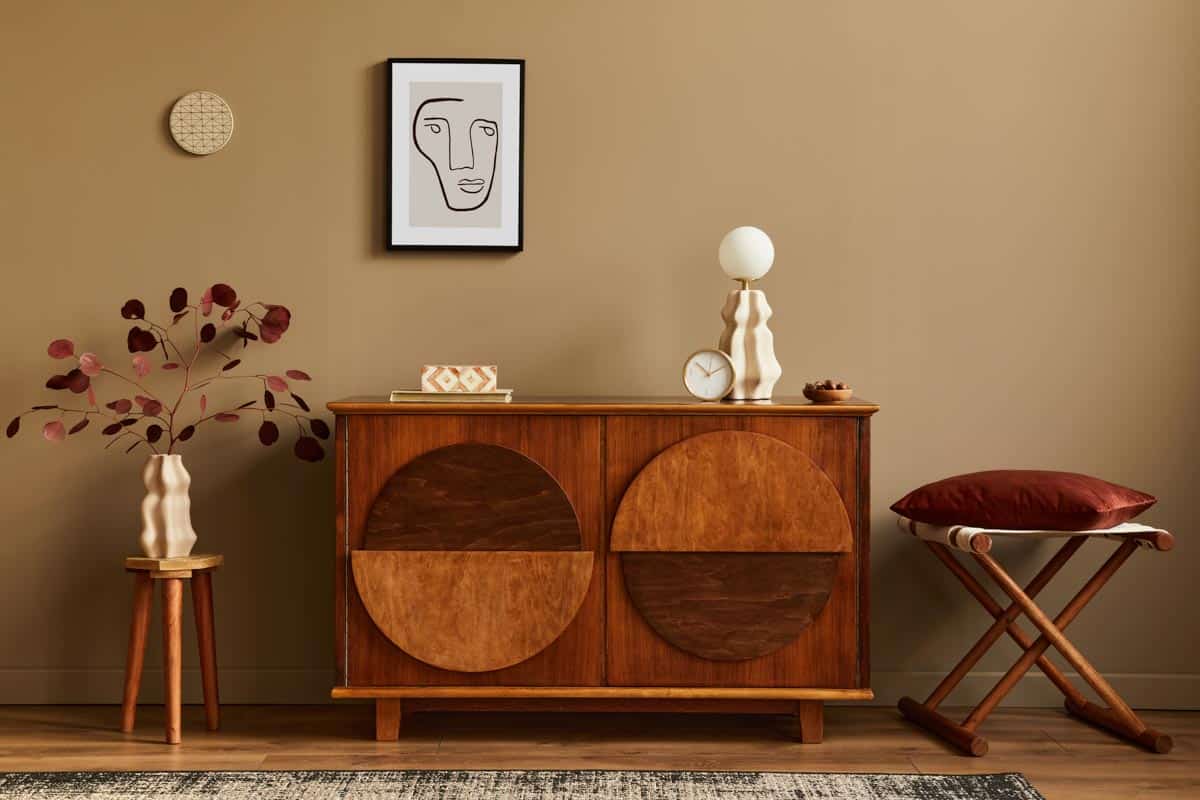
Depending on the wood item you’re dealing with and its surroundings, Koa requires different maintenance. With a few minor exceptions, upkeep is simple in general. Regular dusting, oiling, and finishing with a polish or wood sealer are all necessary.
Caring after your Hawaiian art will safeguard your investment and ensure that your furniture and art pieces last generations. Place your piece in a shaded and cool area as your first line of defense, including staying away from locations close to open windows, vents, or fireplaces. Heat can shatter the wood, deform it, and alter its color of the wood.
Dusting is ideal as airborne fine-grained particles cause a thin coating on wood, which may damage the material and conceal its radiating surface. You can prevent this accumulation by regular dusting. Dusting is a quick and easy task. Do it regularly. The shine that is concealed just behind the filmy coating would amaze you.
You may protect the wood by using a microfiber or cotton cloth. You may alternatively use a lambswool cloth or an electrostatic cloth for elusive or intricately detailed regions. Static electricity draws dust particles to these charged items.
How To Clean Koa
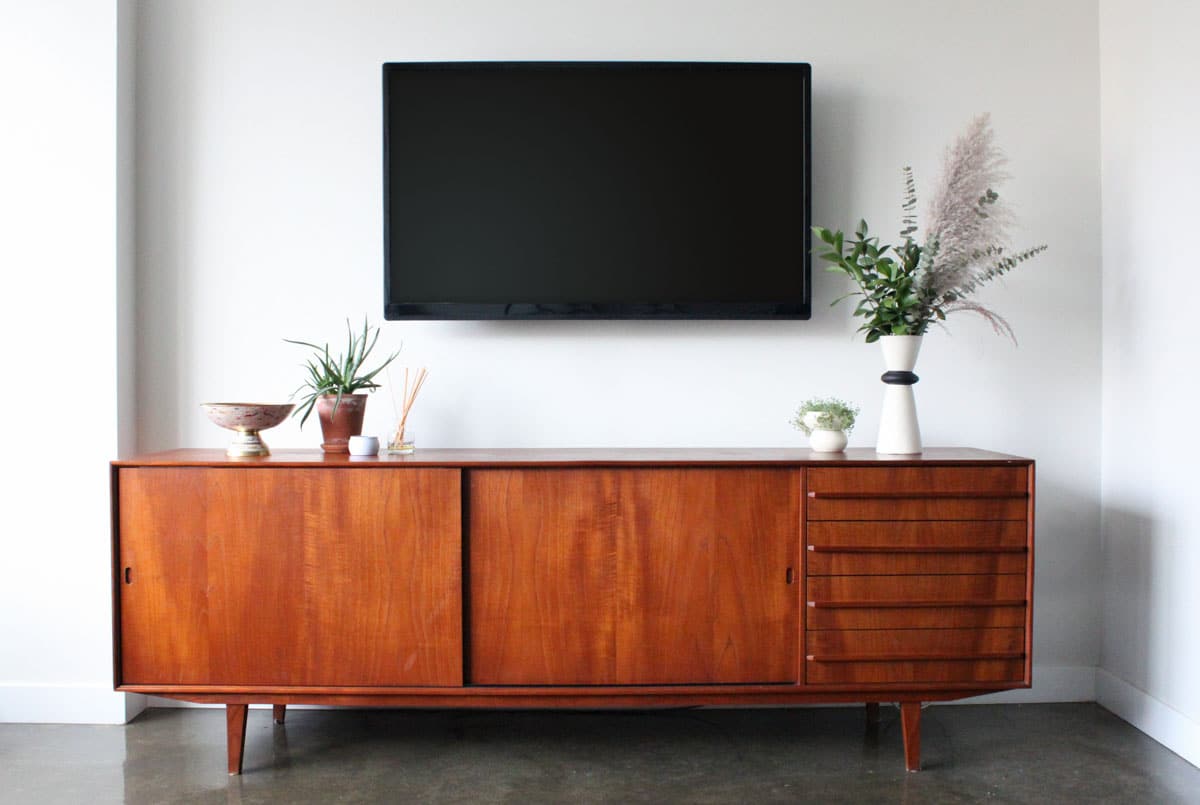
When dusting is insufficient, people often turn to koa wood cleaning. Never, however, use an “All-Purpose” cleaning since it will harm the wood finish.
To remove any dirt or stains that dusting cannot remove, use a moist (not wet) cloth. Keep in mind to keep the wood dry. You may use a wood polisher if you’d like, but be cautious about using only a little. These goods have a bright surface made with petroleum or distillates; however, this finish may accumulate with dirt and dust, resulting in a foggy, dull mess. Using a paper towel to buff might help keep any buildup at bay.
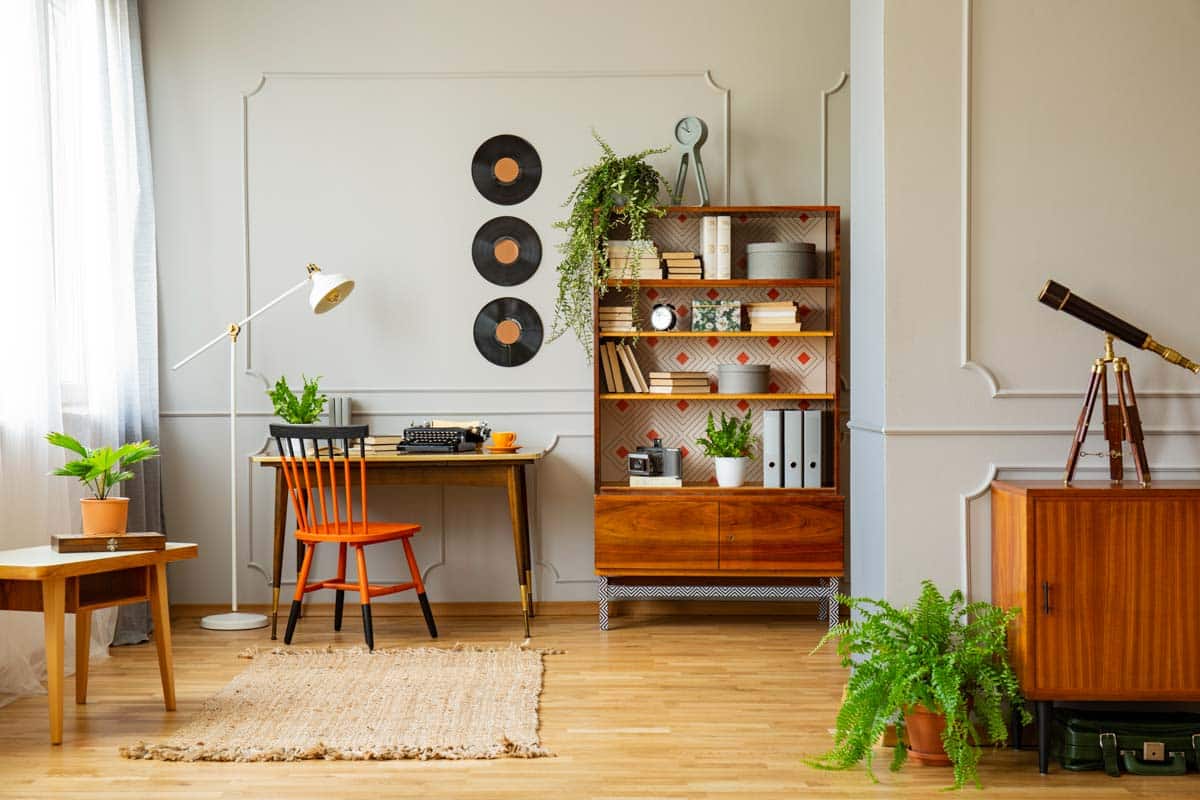
While nicks and cracks are unavoidable, there are steps you may take to assist in concealing or entirely avoiding them. For instance, using a liquid polish scratch cover helps conceal abrasions. In certain instances, polishing the item will solve the problem.
Therefore, the best action is to take specific measures to reduce the factors that harm your koa wood regularly. For instance, coasters will prevent moisture from touching wood, while trivets may shield against burns and direct heat. Use mats and tablecloths to shield the surface from scratches while absorbing liquids and guarding against them.
Your house will be full of lovely heirlooms, conversation pieces, and furniture that looks like the day you first obtained it due to your work to preserve and care for your Koa wood item.
See more related content in our article about Indian wood furniture on this page.

